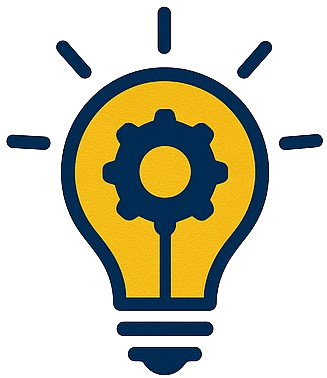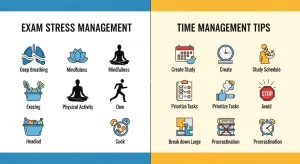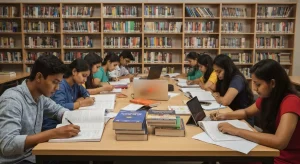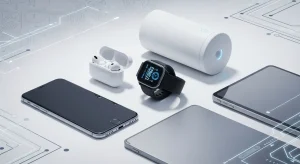📚 Introduction
In today’s fast-paced educational environment, students need to master the best study techniques to stay ahead. Whether you’re preparing for exams, writing papers, or learning new skills, effective studying is the key to success. This guide explores the most effective study tips that boost retention, focus, and academic performance.
🧠 Why Study Techniques Matter
Memorizing pages of text isn’t enough. The best study techniques for students involve strategic methods that engage your brain, build long-term memory, and make learning enjoyable.
Benefits of using effective study methods:
-
Improved concentration
-
Better memory retention
-
Reduced exam stress
-
Increased productivity
-
Better grades and confidence
Skincare Routine for Glowing Skin: A Complete Guide
📝 Top 7 Best Study Techniques for Students
1. Active Recall
One of the most powerful study techniques, active recall means testing yourself rather than passively reading notes.
How to use it:
-
Create flashcards
-
Cover and recite your notes
-
Use quiz apps like Anki or Quizlet
✅ This method improves memory retention and understanding.
2. Spaced Repetition
Instead of cramming, spaced repetition helps you review material over time to build long-term memory.
Schedule Example:
| Study Day | Review Topic |
|---|---|
| Day 1 | Learn New Content |
| Day 3 | First Review |
| Day 6 | Second Review |
| Day 10 | Final Review |
Spaced learning is a proven method to retain information longer.
How to Reduce Stress and Anxiety Naturally
3. Pomodoro Technique
Time management for students is critical. The Pomodoro Technique involves 25 minutes of focused study followed by a 5-minute break.
Steps:
-
Set a 25-minute timer
-
Study with full focus
-
Take a 5-minute break
-
After 4 sessions, take a longer 15–30 minute break
This helps beat procrastination and reduces mental fatigue.
4. Mind Mapping
Visual learners benefit greatly from mind maps. They help organize complex ideas and show connections between topics.
Tools to use:
-
Pen & paper
-
Apps like XMind or MindMeister
How to Speak English Fluently: Simple Tips That Actually Work
5. Interleaved Practice
This method involves mixing different topics or subjects during a single study session instead of focusing on one.
Why it works:
-
Trains your brain to adapt
-
Improves problem-solving skills
-
Reduces monotony
6. Note-Taking Strategies
Using smart note-taking methods helps reinforce learning.
Popular Techniques:
-
Cornell Method – Divide notes into cues, notes, and summary
-
Outline Method – Use bullet points and headings
-
Charting – Good for comparing topics
How to Make Money Online: Proven Ways to Earn in 2026
7. Study Environment Optimization
Your study space directly impacts your focus. A clean, organized, and distraction-free area enhances productivity.
Tips:
-
Use noise-canceling headphones
-
Remove distractions (phone, social media)
-
Use good lighting and ergonomic seating
💡 Bonus: Digital Tools for Smarter Studying
| Tool/App | Purpose |
|---|---|
| Anki | Flashcards & spaced review |
| Notion | Organizing notes |
| Forest | Stay focused (Pomodoro) |
| Grammarly | Proofreading writing tasks |
| Google Calendar | Time blocking |
❓ FAQs – Best Study Techniques for Students
1. What is the most effective study method for exams?
Active recall combined with spaced repetition is considered the best study technique for long-term memory and exam success.
2. How many hours should a student study per day?
It varies by age and workload, but 2–4 hours of focused study with breaks is generally effective. Quality matters more than quantity.
3. Can I study better without distractions?
Yes! Optimizing your environment, using the Pomodoro Technique, and turning off phone notifications can significantly improve focus and retention.
📘 Final Thought:
Studying smarter—not harder—is the secret to academic success. By applying these best study techniques for students, you’ll build habits that support lifelong learning and achievement.











